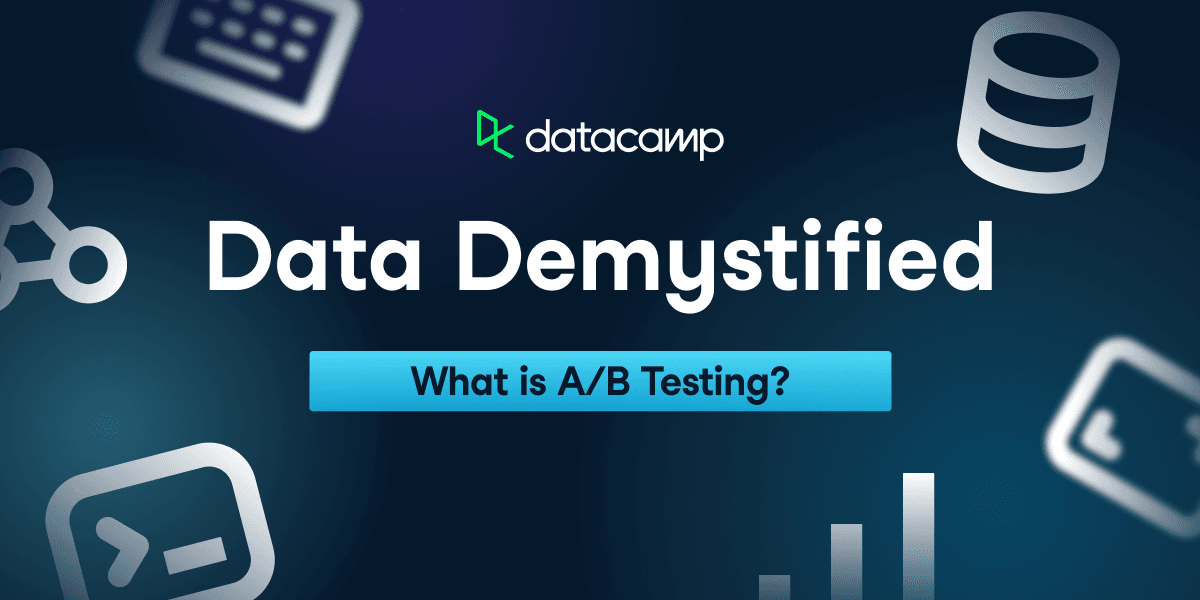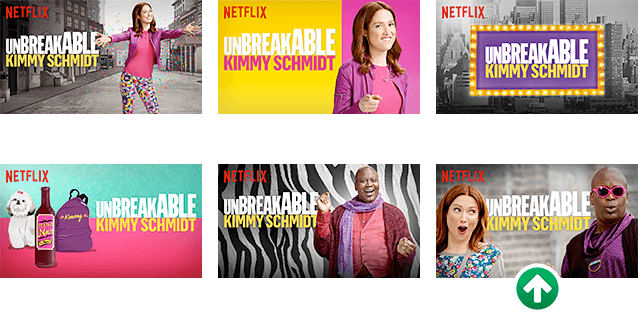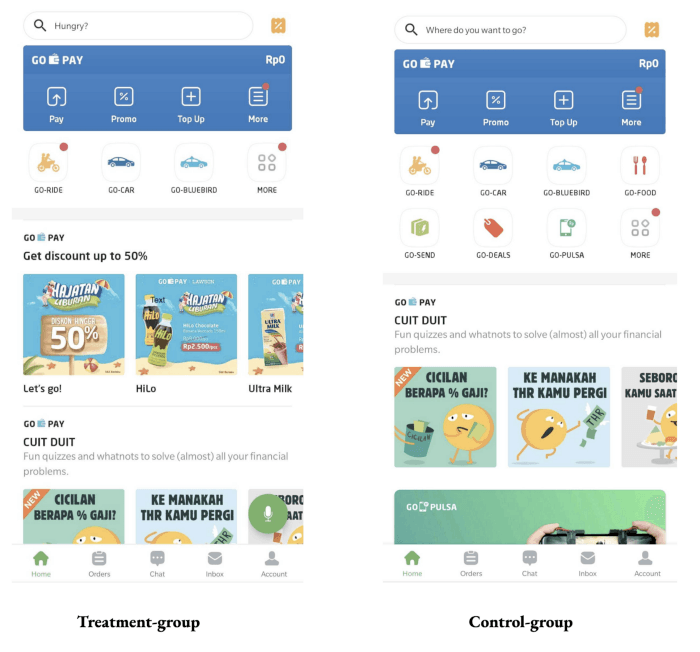course
Data Demystified: What is A/B Testing?
In part seven of data demystified, we’ll break down one of the most common use cases of statistical analysis in data science: A/B testing.
Sep 2022 · 10 min read
Topics
Data Literacy Courses
4 hours
69.1K
course
Understanding Data Science
2 hours
609.1K
course
Understanding Data Visualization
2 hours
180.2K
See More
RelatedSee MoreSee More
blog
Data Demystified: An Overview of Descriptive Statistics
In the fifth entry of data demystified, we provide an overview of the basics of descriptive statistics, one of the fundamental areas of data science.
Richie Cotton
6 min
blog
Data Demystified: Data Visualizations that Capture Trends
In part eight of data demystified, we’ll dive deep into the world of data visualization, starting off with visualizations that capture trends.
Richie Cotton
10 min
blog
Data Demystified: Quantitative vs. Qualitative Data
In the second entry of data demystified, we’ll take a look at the two most common data types: Quantitative vs Qualitative Data. For more data demystified blogs, check out the first entry in the series.
Richie Cotton
5 min
blog
Data Demystified: What Exactly is Data?
Welcome to Data Demystified! A blog-series breaking down key concepts everyone should know about in data. In the first entry of the series, we’ll answer the most basic question of them all, what exactly is data?
Richie Cotton
4 min
podcast
Make Your A/B Testing More Effective and Efficient
Anjali Mehra, Senior Director of Product Analytics at DocuSign, discusses the role of A/B testing in data experimentation and how it can impact an organization.
Richie Cotton
50 min
code-along
A/B Testing in R
Compare the performance of two groups with this introduction to A/B testing in R
Arne Warnke




